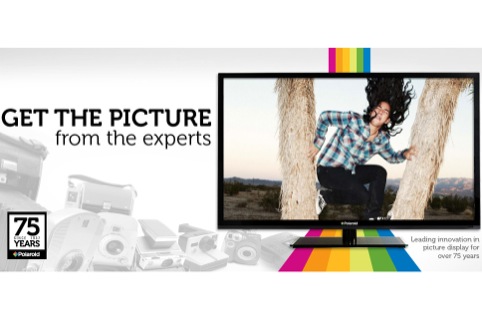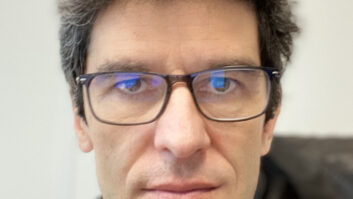
A lot of people don’t yet know about Ultra HD, some don’t care, and the argument for Ultra HD from the industry is not yet finalised. That’s the summation of industry analysts IHS Screen.
Given that Ultra HD was only ratified as an ITU standard last year and it took between eight and 12 years to get to the stage we are today on HD from the same starting point (ratification at ITU), perhaps this is understandable.
But as a new wave of Ultra HD sets with HEVC coding for 4K streaming services hit the market, some of them (such as Polaroid and Vizio) priced below £1000, there remains a lack of consumer awareness of 4K or indeed why they feel they should switch to 4K.
Tom Morrod, senior director, technology at analysts Screen IHS, maintains that this is partly because there is no implemented standard (the configuration of resolution, frame rate and colour depth) for distribution, but also because that standardisation of the implementation (a process normally done by trade bodies like EBU, DVB, ATSC, etc) often forces an industry standard consumer term (UHD, Ultra-HD, 4K, etc), which hasn’t happened yet.
“If UHD comes to mean a particular set of features in a region, it’s likely that the standardisation will become enforced locally to describe that package of things, but it hasn’t happened yet,” said Morrod. “The TV makers were able to move faster than the trade bodies, so the trade bodies are fast tracking this as we speak and we’ll probably have standards implementation guidelines this year. Then I expect UHD will have a consistent meaning and consumer understanding will increase based on that.”
In a survey conducted in the US four months ago the analyst found that 87% of people were not interested in buying a 4K TV in the next year. Of these, the majority said they simply didn’t want or need it, and the rest were mainly focused on price.
According to IHS Screen’s Richard Broughton: “4K suffers from all of the same issues for core commercial broadcasters that HD did, only these are taken to extremes. So, high transmission costs combined with no (or minimal) upside to ad revenues. Coupled with the fact that people are still switching to HD in many markets (particularly outside North America), and for smaller TV set sizes there is little discernable difference between HD and 4K at an average viewing distance for consumers, clear incentives and benefits need to be offered and laid out for all but early adopters.”
IHS Screen expects 4K broadcast content in the US timed for the Olympics in 2016, and in Europe for the World Cup in 2018.
“I would expect broadcasters in Europe to move in 2016/17 with some football content as well, but that will be firmly driven by pay TV operators and probably in the run-up to exploiting the World Cup in full,” said Morrod. “Both Europe and US timelines are based on our expectations for hitting key household penetration milestones for Ultra HD TVs just before those key events.
“UK TV production is going to migrate towards 4K capture, although a lot of that production will be mastered in HD rather than UHD. 4K just gives more options.”
The analyst says about 15% of studios in Europe have at least one 4K+ camera.
Futuresource Consulting currently projects that about 5% of global TV sales will be Ultra HD this year, rising to 8% in 2015. That translates into nearly 11 million sets this year (up by over 750%) on 2013.
It says China will account for nearly 90% of Ultra HD sets this year. The market in Europe is just waking up to Ultra HD and Futuresource expects Ultra HD to start making inroads in the 50-inch+ segment of TV displays during 2014.
“This is likely to mean sales in the region of 70-100k units this year in the UK,” said Carl Hibbert, the analyst’s head of broadcast. “4K is undoubtedly the future of TVs, but speed of uptake will depend on how quickly the prices reach affordable levels versus HD TVs, and how soon 4K panels are used in smaller-screen sets (whether or not the consumer can perceive the difference in picture quality at this screen size).
“In addition, there is the question of the availability of 4K content. In the short- to mid-term the upscaling capability of the sets will have to be promoted heavily in order to convince many people that they should make the extra investment.”
By Adrian Pennington





